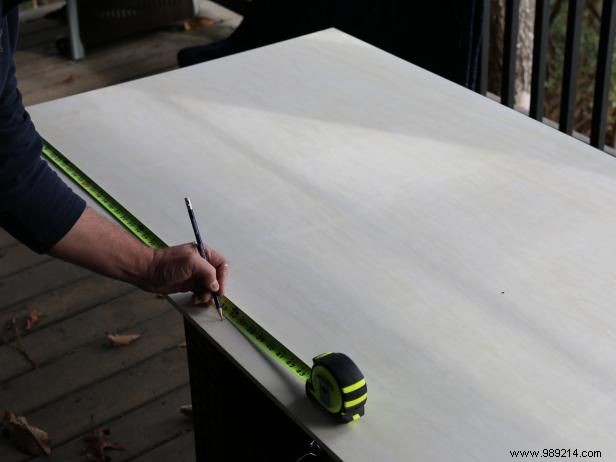
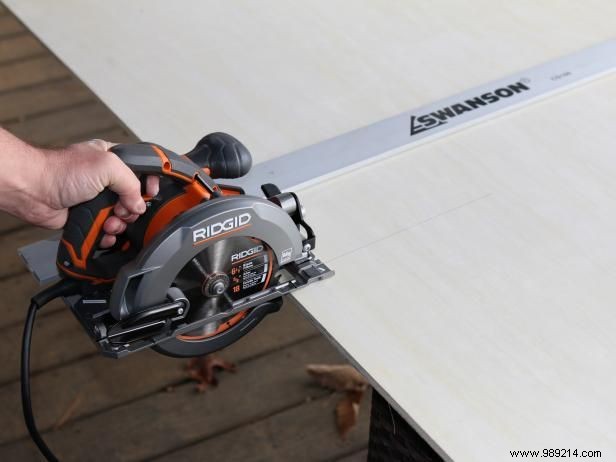
Based on the wall the string art will be hung on, take the appropriate measurements, then use the tape measure and pencil to mark the size of the plywood.
Once the plywood is pencil marked, add a straight edge and guide the circular saw or table saw along the marked line. It's best to have a helper help you hold the wood firmly so you can guide it through the saw.
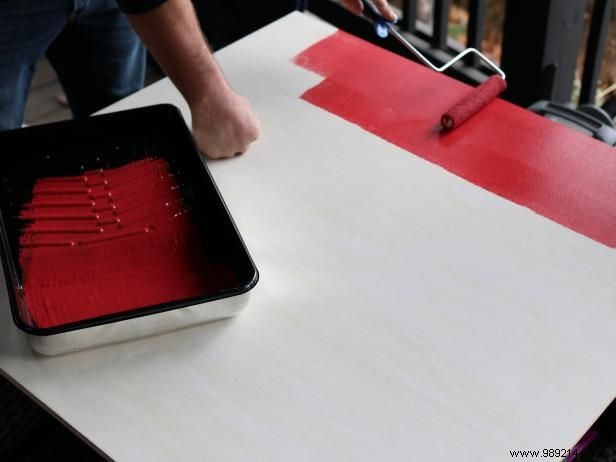
Wipe the surface of the plywood with a damp cloth to make sure the paint takes on evenly. Apply two layers of paint using a mini roller. Allow approximately two hours of drying time between each coat.
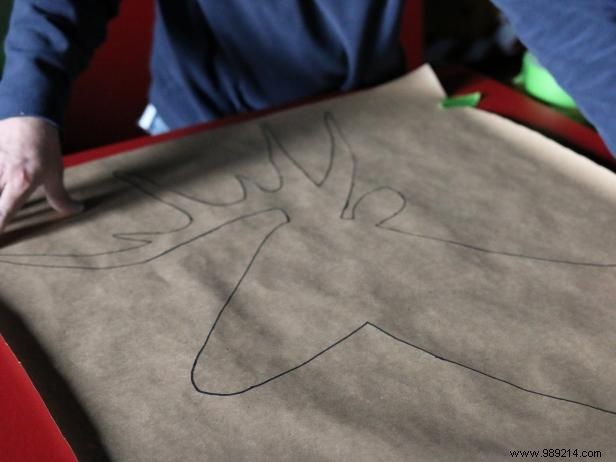
In order to successfully scale and place your desired silhouette or shape on the plywood, you will need to create a template from kraft paper. Stretch the paper out on a flat, level surface, then use a free-hand marker or trace the shape. Temporarily affix the template to the plywood with painter's tape at all four corners.
For maximum impact, it is best to allow the silhouette to occupy approximately 75% of the plywood surface.
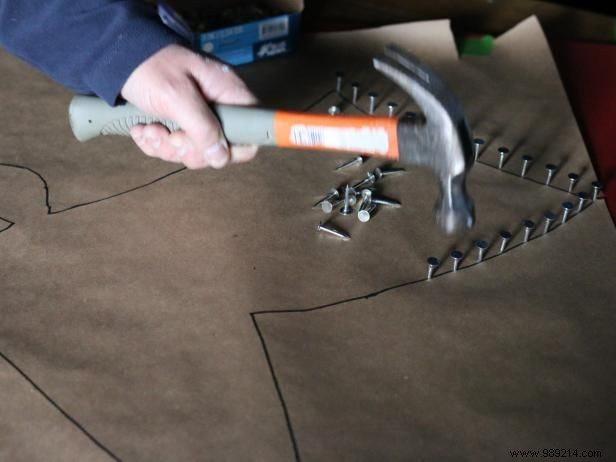
Use a hammer to add roofing nails along the traced line on the template, spacing nails approximately 1/2" apart.

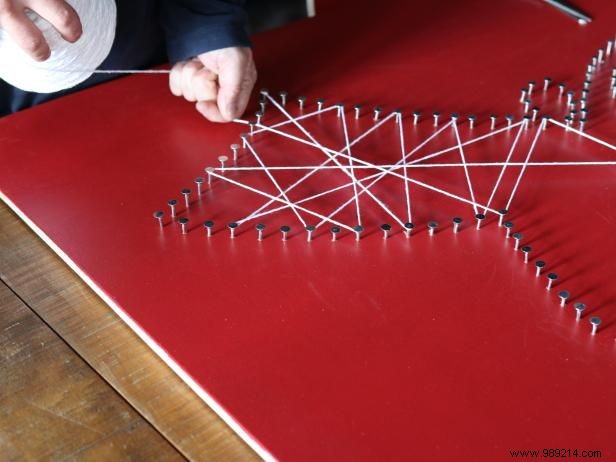
To start the stringing process, tie the string around a nail. Pull the string back and forth from the knot, wrapping it around the nails and slightly up and down. Move up and down sections for full, consistent coverage.
Once the silhouette has taken its full shape, add a finished border around the perimeter of the nails wrapping each nail, one after the other, until a continuous line takes shape.
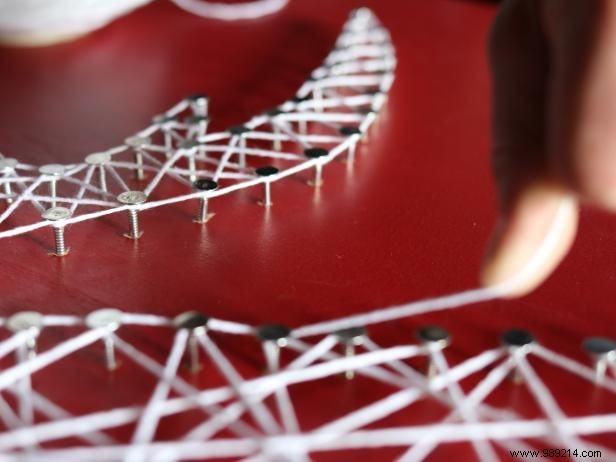
Once the silhouette has taken its full shape, add a finished border around the perimeter of the nails wrapping each nail, one after the other, until a continuous line takes shape.
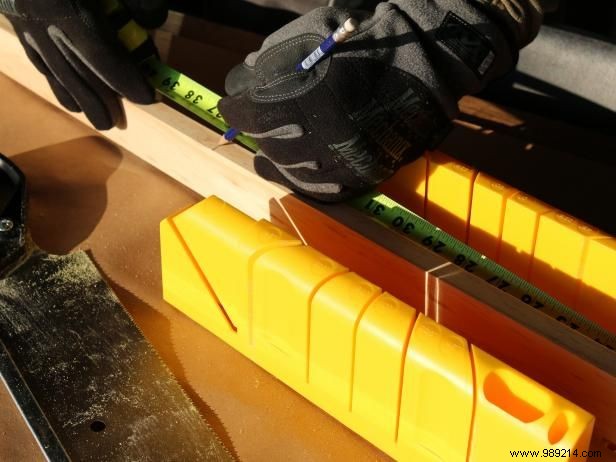
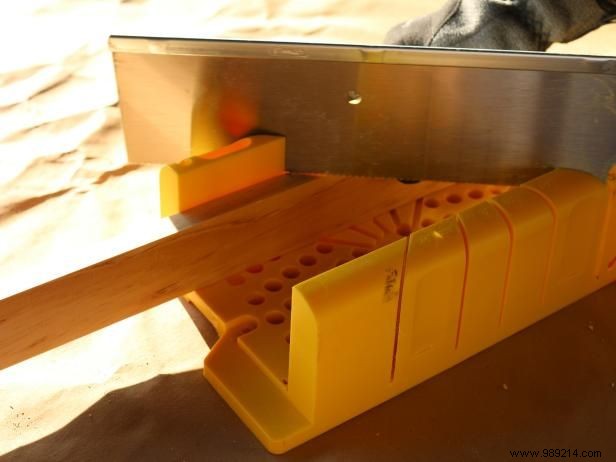
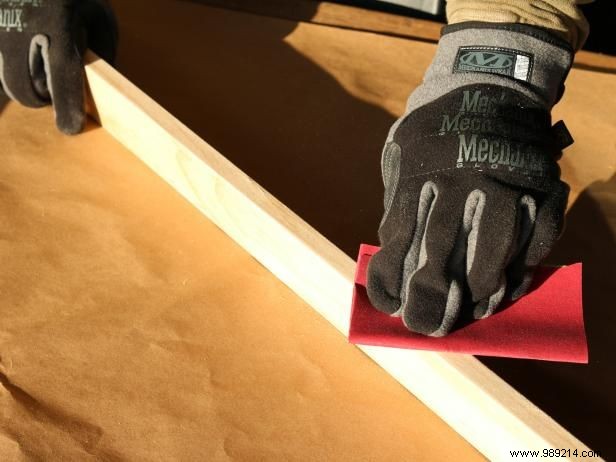
For a professional touch, add 1x2 pine trim to all sides of the plywood. Start by measuring it and marking it with a tape measure and pencil.
Cut each end at a 45 degree angle with a saw and miter box.
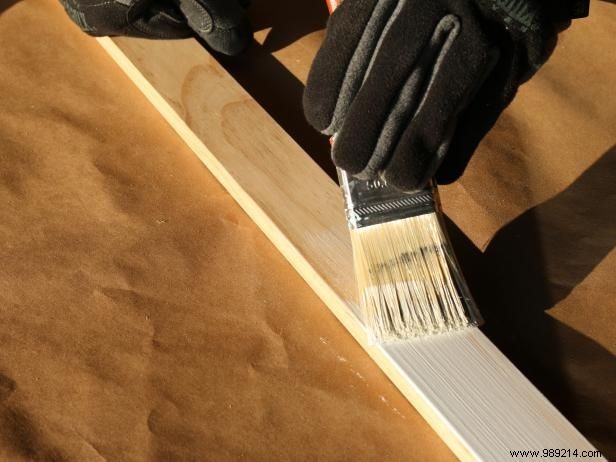
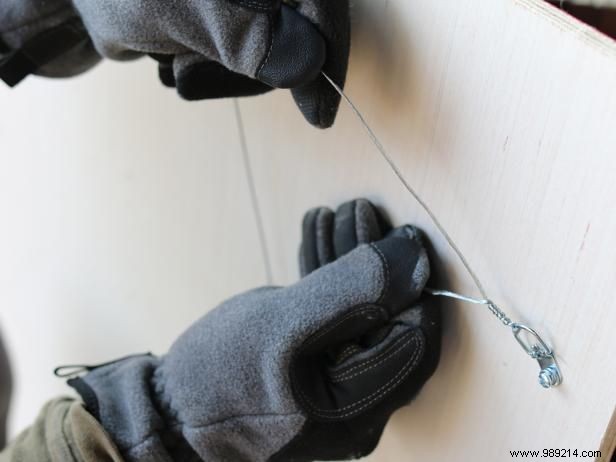
Paint the border an accent color (black and white work best) with a 2-inch brush.
Attach each mitered piece along the edges with the hammer and finishing nails. Fill the nail holes made with the finishing nails with wood filler, then touch up the surface with paint.
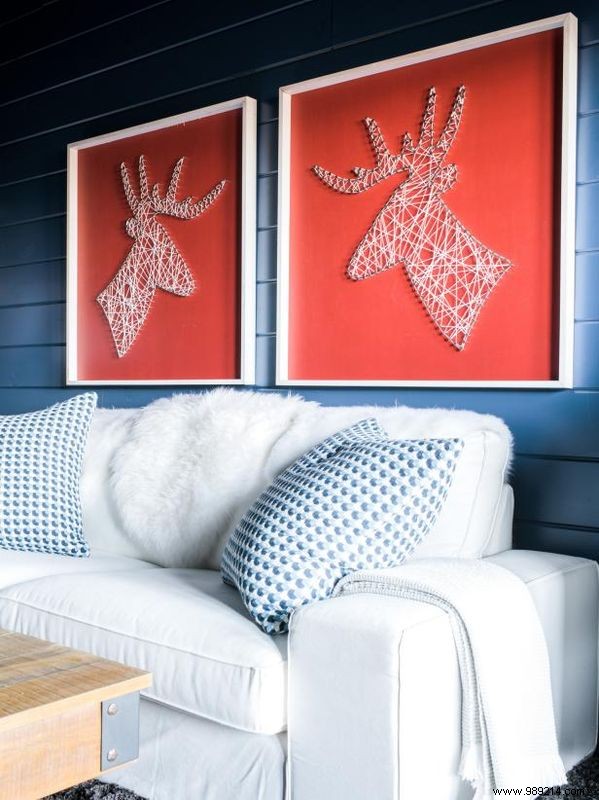
Rustic Blank Photography, LLC